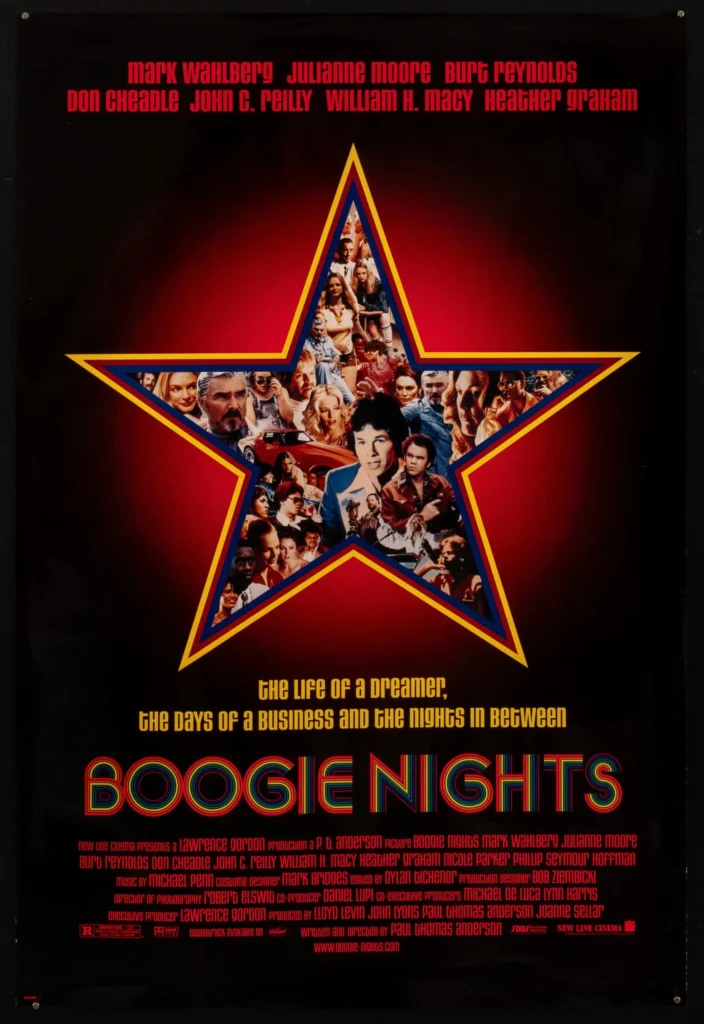
Now we arrive at the film that solidified Anderson as one of the most unique filmmakers of his generation: Boogie Nights. With an ensemble cast that stars Mark Wahlberg, Julianne Moore, Burt Reynolds, Heather Graham, and Don Cheadle, the film follows Dirk Diggler (Eddie Adams), a young man who finds success in the pornography business during the 1970s and his downfall in the 1980s. As always, possible spoilers ahead.
The origins of Boogie Nights is an interesting one. When Anderson was 17, he wrote and directed a mockumentary called The Dirk Diggler Story. The 32-minute-long film depicts the rise and fall of porn star, Dirk Diggler, loosely based on real adult film actor, John Holmes. The film was shot on video, using a steadicam that his father purchased for him, and was edited on a VCR. Inspired by This is Spinal Tap, Anderson made it a mockumentary. He cast Michael Stein as Dirk Diggler and Robert Ridgely as Jack Horner. It’s worth noting that Stein appears in Boogie Nights as a man talking to Buck in the stereo store, and Ridgely assumes the role of Colonel James, the financier of adult films.
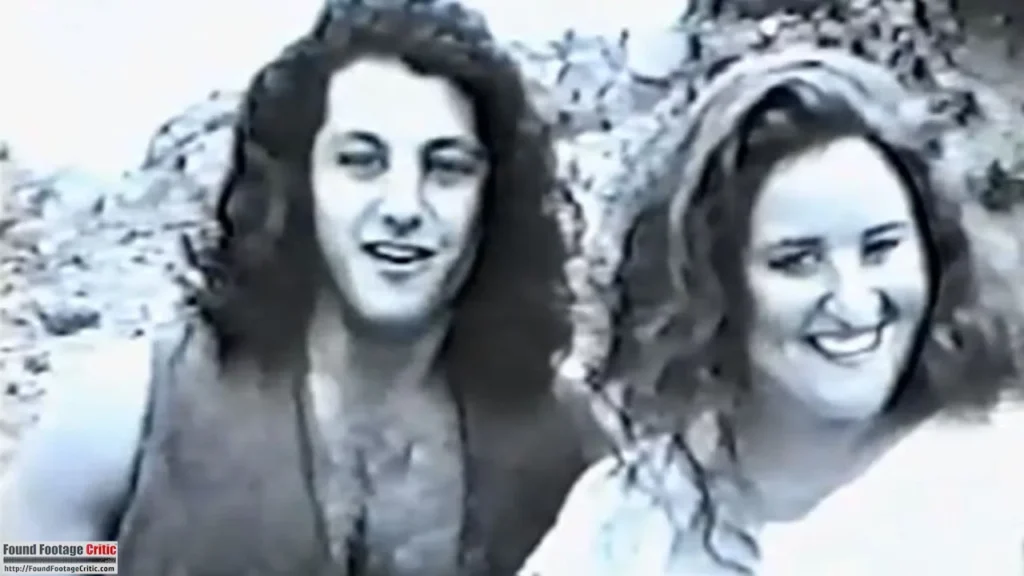
When he was nineteen, Anderson expanded the film into a feature script, using the same mockumentary format. When he realized he couldn’t do better than Spinal Tap or Zelig, he decided to abandon that element. This is all according to Anderson himself in the forward of the published screenplay. In the same way, he already sounds like a professional at 27 (arrogance if you ask me). He gives both writing and directing advice, saying that the best way to be a director is to provide your cast with a good script, before criticizing how scripts are written nowadays (or at least in 1997). He also called The Dirk Diggler Story “pretty good.” The forward makes him come across as an arrogant, one-man film school. Luckily, when you’re as talented a filmmaker as Anderson, you can get away with stuff like that.
Having had difficulty producing Hard Eight, Anderson laid down a complex law when making a deal for Boogie Nights. He told the producers it would be rated NC-17 and three hours long. New Line head Michael De Luca told Anderson it could be one or the other, but not both. Anderson chose the R rating as a challenge, and the film came in at two hours and thirty-five minutes, by Anderson’s choice. Regarding casting, Leonardo DiCaprio was Anderson’s first choice for Dirk Diggler. DiCaprio was unavailable, as he was already committed to Titanic. DiCaprio suggested his The Basketball Diaries co-star Mark Wahlberg for the part. Wahlberg was initially reluctant to accept, believing Anderson only offered him the part because he would remove his clothes. Only after Anderson assured him that he wanted to hire him because of his acting skills, did Wahlberg sign on. As a fan of Wahlberg’s work, I’m glad he won the role and became a household name. Despite becoming a megastar with Titanic, one of the highest-grossing films of all time, DiCaprio said in 2025 that his most significant career regret was having to turn down the role. Eventually, DiCaprio and Anderson would team up for the first time in 2025’s One Battle After Another.
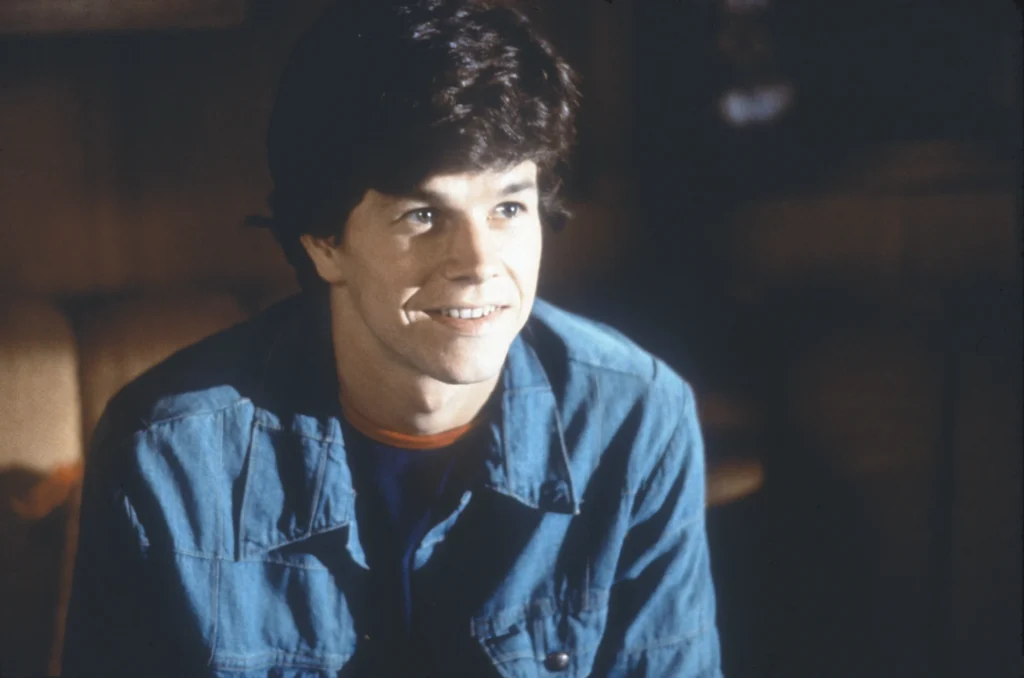
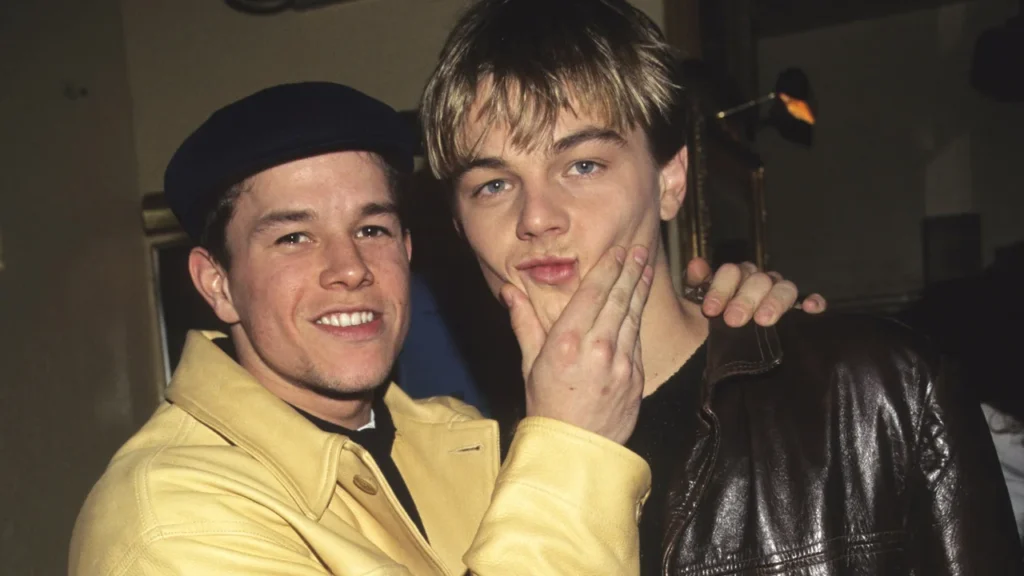
After working with Anderson on Hard Eight, Samuel L. Jackson turned down the role of Buck Swope, eventually offering the part to Don Cheadle. For the role of Rollergirl, Gwyneth Paltrow and Drew Barrymore were considered before Heather Graham’s agent called to secure an audition. Anderson assumed she wouldn’t be interested because she had never appeared nude on screen. After a successful audition, she won the part. According to Anderson, he wrote the role of producer Jack Horner with Warren Beatty in mind. In an interview with Jimmy Kimmel to promote Phantom Thread, he explained that Beatty thought he was offering him the role of Dirk Diggler, despite being sixty years old. It sounds like a joke, but I’m not so sure. If you have enough vanity that Carly Simon writes a song about it, I’m not sure that was a joke.
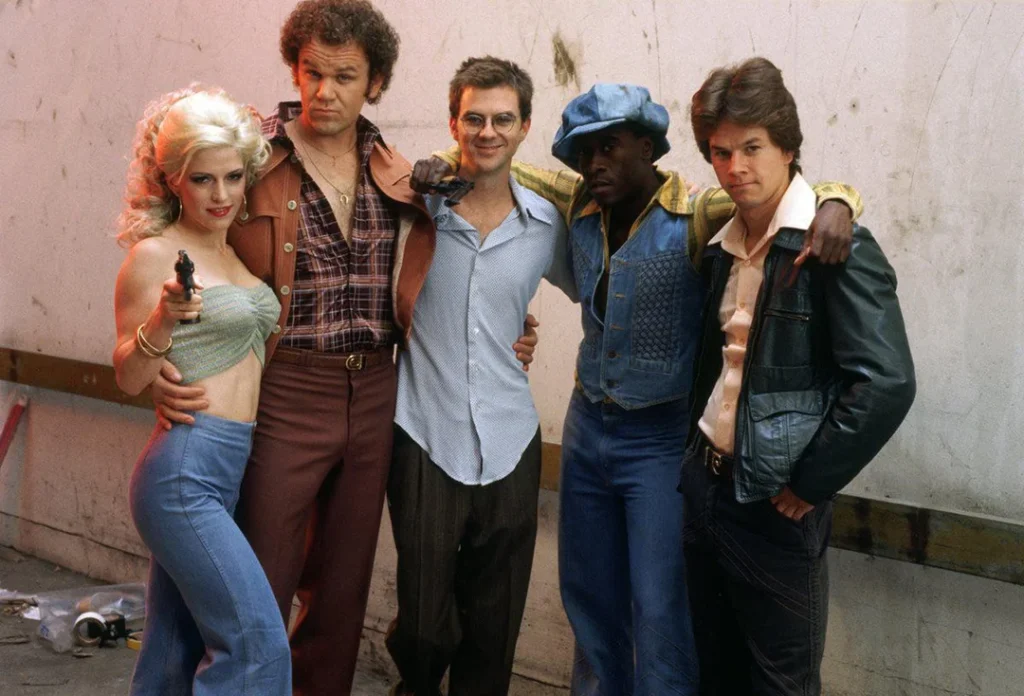
Eventually, Anderson convinced a reluctant Burt Reynolds to fill the role. Reynolds and Anderson didn’t get along on set, something Reynolds attributed to Anderson being “young and full of himself.” When he saw a rough cut of the film, he allegedly was so disgusted that he fired his agent, who recommended he take the role. Reynolds later debunked this rumor, stating that Boogie Nights was a special film, despite his issues with Anderson. Whether or not Reynolds was a fan of his work, the critical response to it cannot be denied. He won the Golden Globe for Best Supporting Actor and was nominated for the Academy Award in the same category, the only Oscar nomination of his career. The film also received nominations for Best Supporting Actress (Julianne Moore) and Best Original Screenplay.
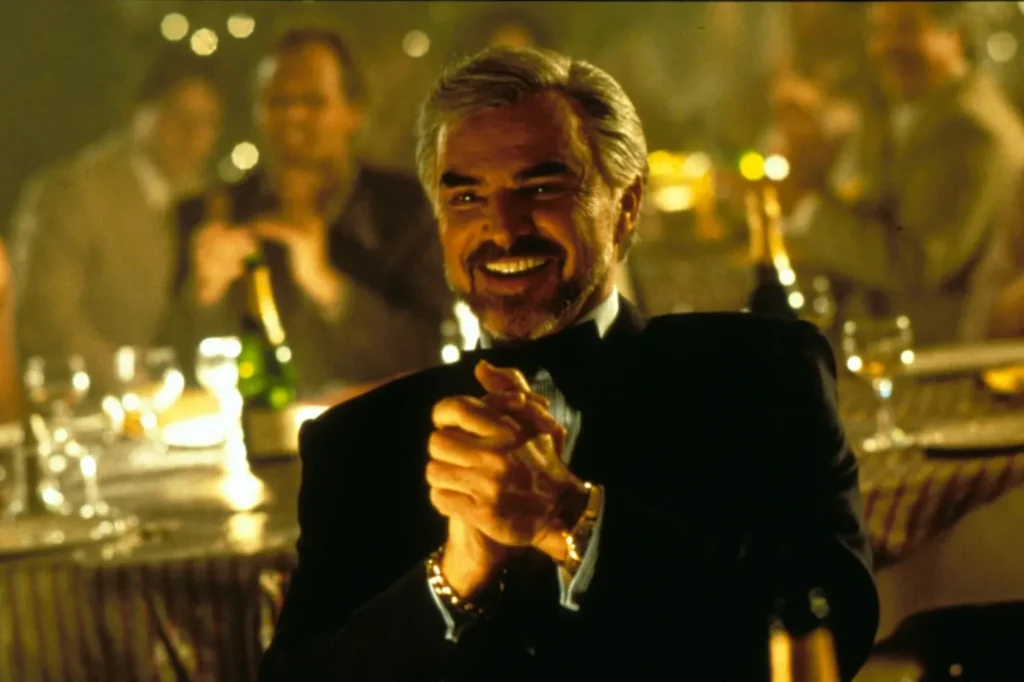
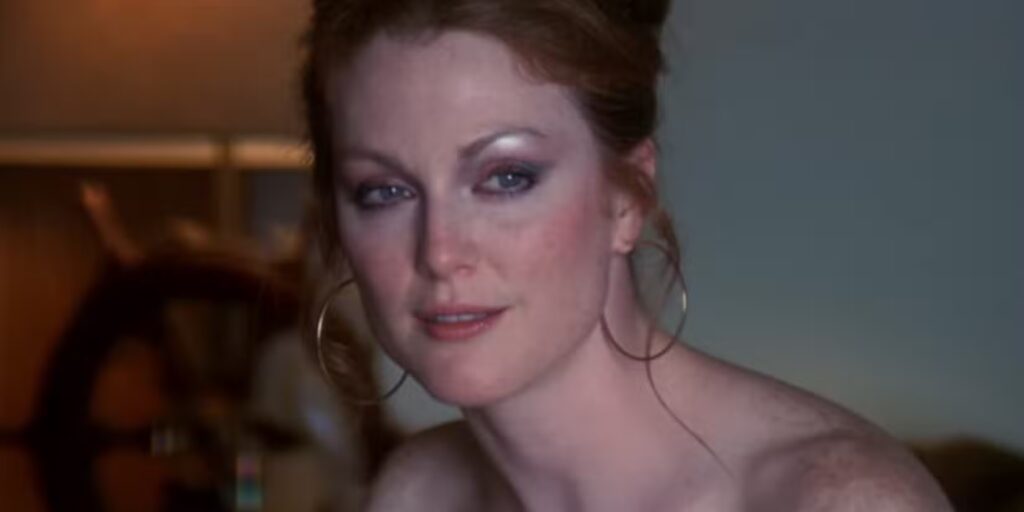
This is one of my favorite films of all time. As of this writing, I would rank it number six, between Good Will Hunting (more on that later) and Almost Famous. Many people seem to get upset or appalled if you mention that the movie is one of your favorites. People just know Boogie Nights as the “film about porn.” That’s not entirely true, but it’s not untrue either. Yes, the film takes place in the so-called “golden age of pornography” in the late 1970s and contains lots of nudity and simulated sex scenes, but that’s only to serve the plot. That’s the job for these characters. They work in this industry. I can understand some people being uncomfortable with the sex and nudity, I really can. Hell, some truly disgusting phrases are uttered, like when Jack is talking about how he wants to make a real film. He says, to some effect, “I want them to be so engaged in the story that after they’ve spurted their joy juice, they can’t get up from their seats. They have to see how the picture ends.” It’s disgusting but vivid. I just hate when people reduce it to “the film about porn.”
Ultimately, I think the film is about family. When we meet them, all of these people are broken. Unsatisfied deep down. Some more so than others. Dirk has an emotionally abusive mother and is lost until Jack “rescues” him. Jack wants to make a film that elevates past pornography to “art.” Amber (Julianne Moore) is a wayward mother who copes by using drugs. Buck is depressed until he falls in love with Jessie. Scotty is depressed because of his unrequited love for Dirk, and Little Bill is depressed because his wife sleeps around. Characters like Reed Rothchild (John C. Reilly), Becky Barnett (Nicole Ari Parker), and Todd Parker (Thomas Jane) appear to be better than others.
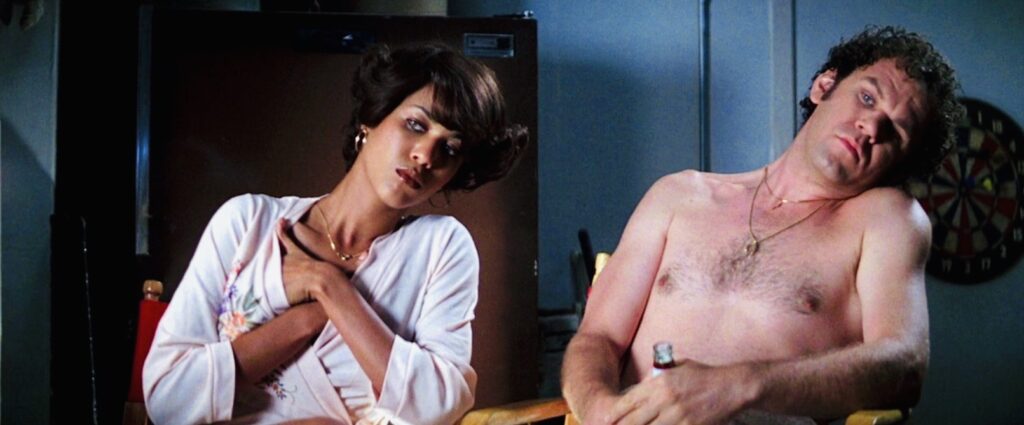
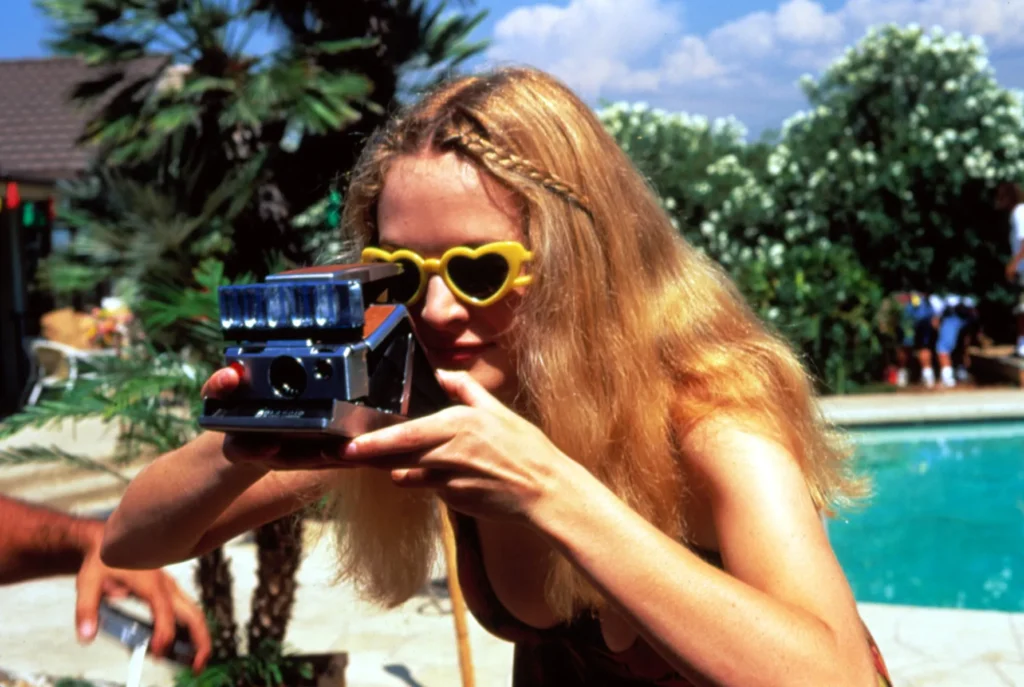
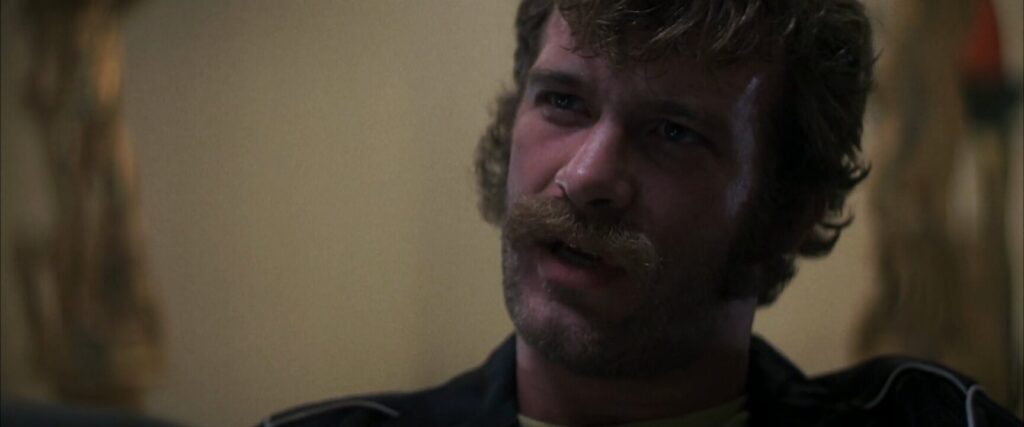
Additionally, the occupation of these characters comes back to bite some of them. Buck cannot get a loan for his stereo store because the bank is afraid of doing business with a pornographer. Amber’s decision to surround herself with the crowd she does, paired with her drug use, led to her losing visiting rights to her son. Ultimately, these broken people come together to form a surrogate family.
One of my favorite elements in film is time. Time changes everyone. This film takes place from 1977 to 1984 during a pivotal time in the industry. When the movie starts, porn is a bustling business, widely accessible (not by today’s standards) in theaters. Adult film was quite literally still film, and Jack Horner dreams of making porn “art.” By the time the film ends, porn is shot on tape and distributed to the masses in cheap theaters and on VHS. Jack resists this change, initially, but learns to accept it (albeit reluctantly). Dirk is the best character to illustrate change. When the film starts, he is a naive seventeen-year-old seduced into the glamorous world of porn. Slowly, as his praise for his “acting” (or large male member) increases, his ego goes to his head. Once Amber introduces him to drugs on New Year’s Eve 1979, things take a change for the worse. Dirk becomes an addict, can’t maintain an erection, and eventually gets fired after nearly coming to blows with Jack. At his lowest of lows, he’s been beaten up after resorting to prostitution and is almost killed in a hail of gunfire after a friend tries to rob an eccentric drug dealer (Alfred Molina). Eventually, he humbles himself enough to return to Jack and move forward. It’s only a seven-year span, but it feels like an epic.
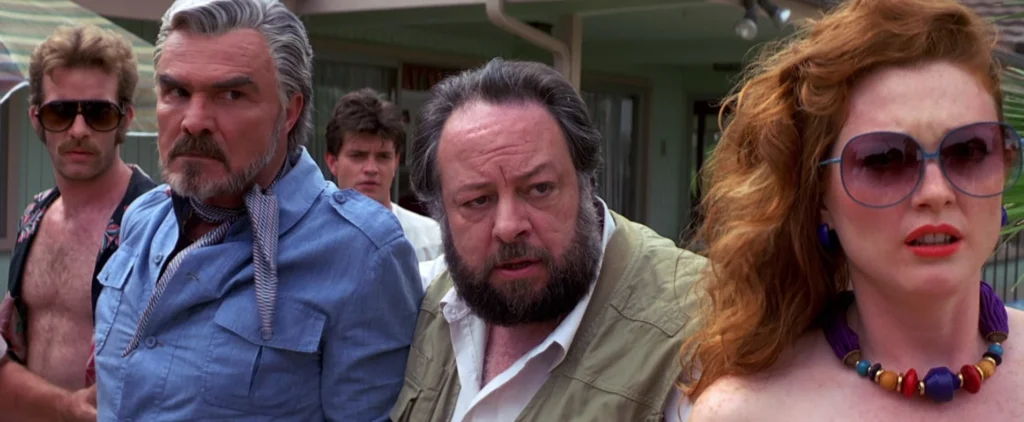
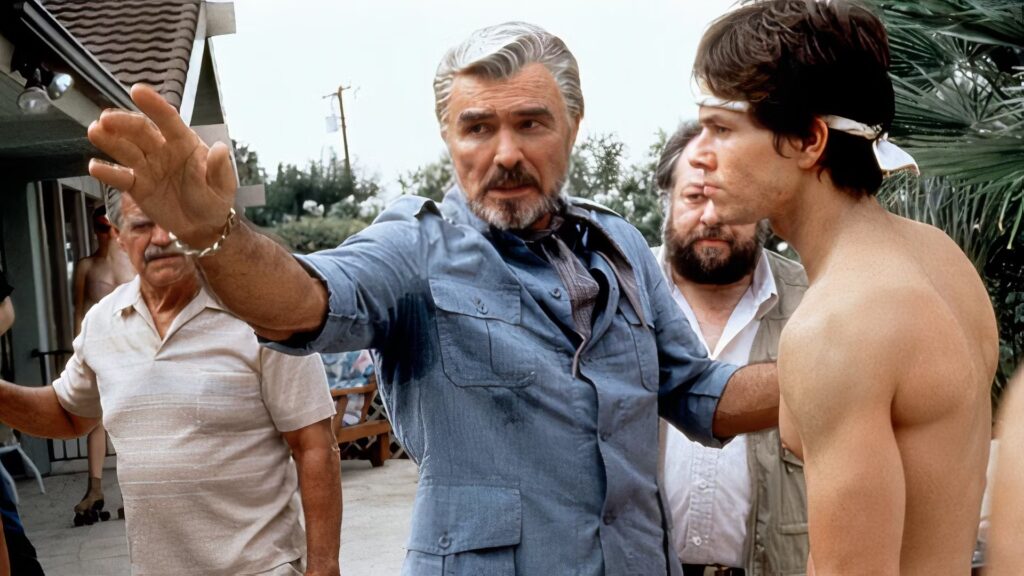
I hate feeding into Anderson’s ego, but I would be remiss not to mention that it’s a masterclass in filmmaking. At only 27, he believes he can pull off a three-minute tracking shot as the opening of his film, a la the Copacabana tracking shot in Goodfellas, and you know what, he succeeds. Very rarely does the camera sit idle. Every camera movement serves the film and pushes it forward. The movements are slick and full of intention. The film is filled with some of the most dynamic camera movements I’ve seen from a filmmaker so young. Another thing I admire is the marriage of film and music. I’m an old soul, so I love the soundtrack. I know I’m in for a musical treat from the first frame. When the film flickers on the screen, we hear a melancholy score from Michael Penn. I want to say that I heard somewhere that Anderson wanted it to sound like a “broken circus.” I might be wrong about that. Then, in what I can describe best as a jump scare, the opening notes of “Best of My Love” by The Emotions burst to life, and from there, we’re off to the races.
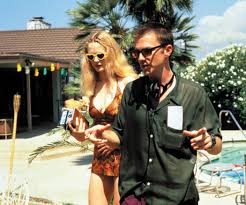
My favorite sequence is what Anderson calls via title card: “Long Way Down (One Last Thing).” The sequence starts in a motel room with Dirk, Reed, and Scotty sitting around listening to Todd Parker discuss Rahad Jackson, a frequent goer of Party Boys (the strip club Todd works at). “His name’s Rahad Jackson. He’s got more money than Gawd and twice as much coke, smack, and dope,” Todd tells them. “He just likes people coming and hanging out.” Todd convinces them to fill a bag with baking powder, visit him at his home, tell him it’s half a kilo of coke, and sell it to him for five thousand dollars. Dirk and Reed get on board with the plan, but Scotty tries to dissuade them. Eventually, Dirk, Reed, and Todd put the plan into action and go to his house.
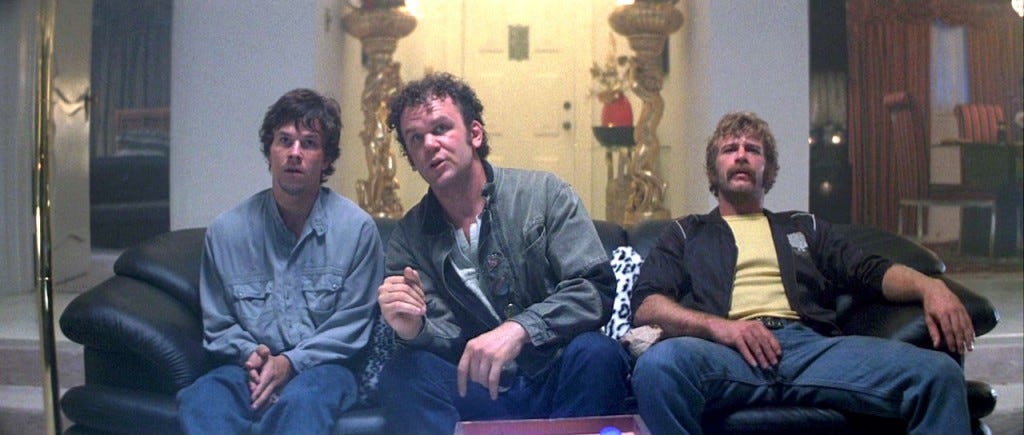
Alfred Molina as Rahad Jackson is the standout character to me. I think about the sequence at his home all the time. When we’re introduced to him, he’s in a Speedo and bathrobe, explaining that he makes his own mixtapes because he doesn’t like the band choosing the order of the songs. As “Sister Christian” starts to play, Rahad’s craziness emerges. He takes a hit on a crack pipe and asks the trio if they would like to play baseball, before playing a round of Russian Roulette with an antique revolver and silver bullets. During this song, Mark Wahlberg displays the best acting he does throughout the movie entirely with his eyes. His eyes stare transfixed, thinking about drugs, all while Todd counts the money and Reed begs them to leave. When the song fades out, but before “Jessie’s Girl” fades in, we’re startled by the sound of fireworks. We couldn’t hear them well over the music, but Rahad’s friend (or live-in companion), Cosmo, shoots firecrackers in the home, but don’t worry, “he’s Chinese,” Rahad assures them. When Todd goes a step further and tries to rob Rahad, it leads to a shootout that leaves Todd and Rahad’s bodyguard dead. I can no longer hear “Sister Christian,” “Jessie’s Girl,” or “99 Luftballoons,” for that matter, without thinking of this scene. I doubt that will change.
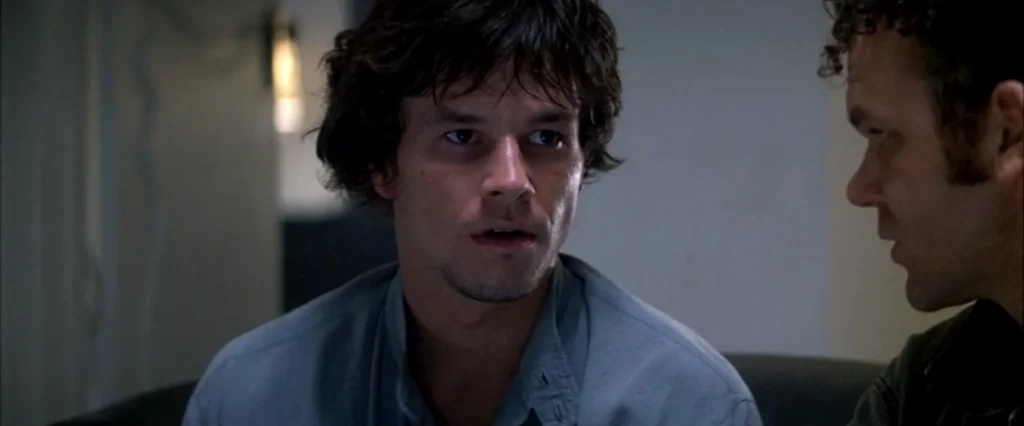
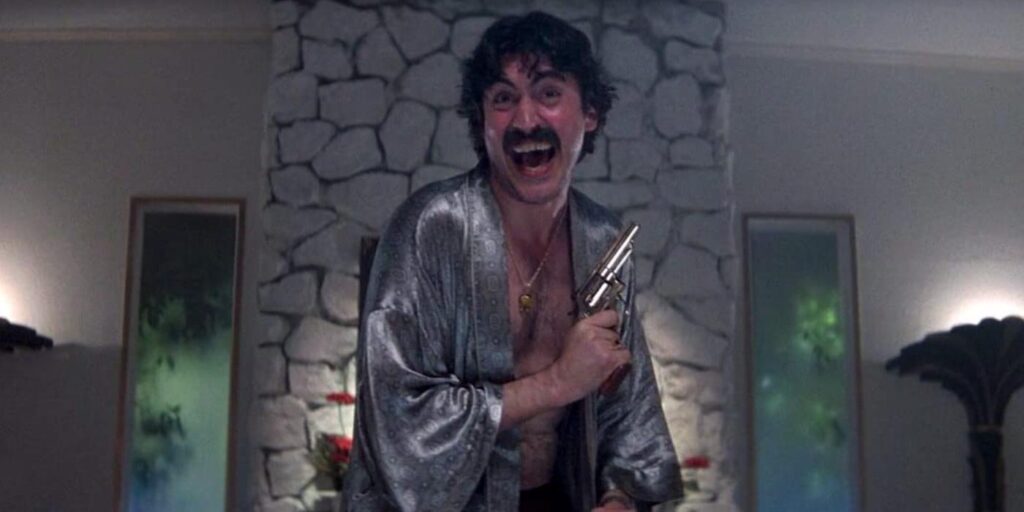
As mentioned, the film was nominated for three Academy Awards: Best Original Screenplay, Supporting Actor (Reynolds), and Supporting Actress (Moore). I think Moore gave an excellent performance in this film. She played somebody so full of love, but also filled with demons. Jack has a line to describe Amber: “She’s a mother to all those who need love.” Moore is more than deserving of the nomination. I know she lost to Kim Basinger in L.A. Confidential, but it’s been so long since I’ve seen L.A. Confidential that I can’t compare the performances. Boogie Nights was my second favorite film of 1997. My favorite was Good Will Hunting. It’s ironic because in any other year, I would be upset with Boogie Nights losing. Matt Damon and Ben Affleck wrote a beautiful screenplay with a strong narrative. Of all the movies in my top ten, Good Will Hunting is probably the most rewatchable for me. It’s a feel-good movie full of heart, inspiration, and character. I feel confident that Anderson’s day at the Oscars will come. As good as Burt Reynolds is in the film, he doesn’t hold a candle to Robin Williams. If you’ve followed my blog, you know that Williams is my favorite actor because he can do comedy and drama equally well. If Williams was going to win only one Oscar, I’m glad it was for this film. His performance was both heartbreaking and hilarious. I think it is unfortunate that Reynolds never lived up to the acclaim he garnered for his movie.
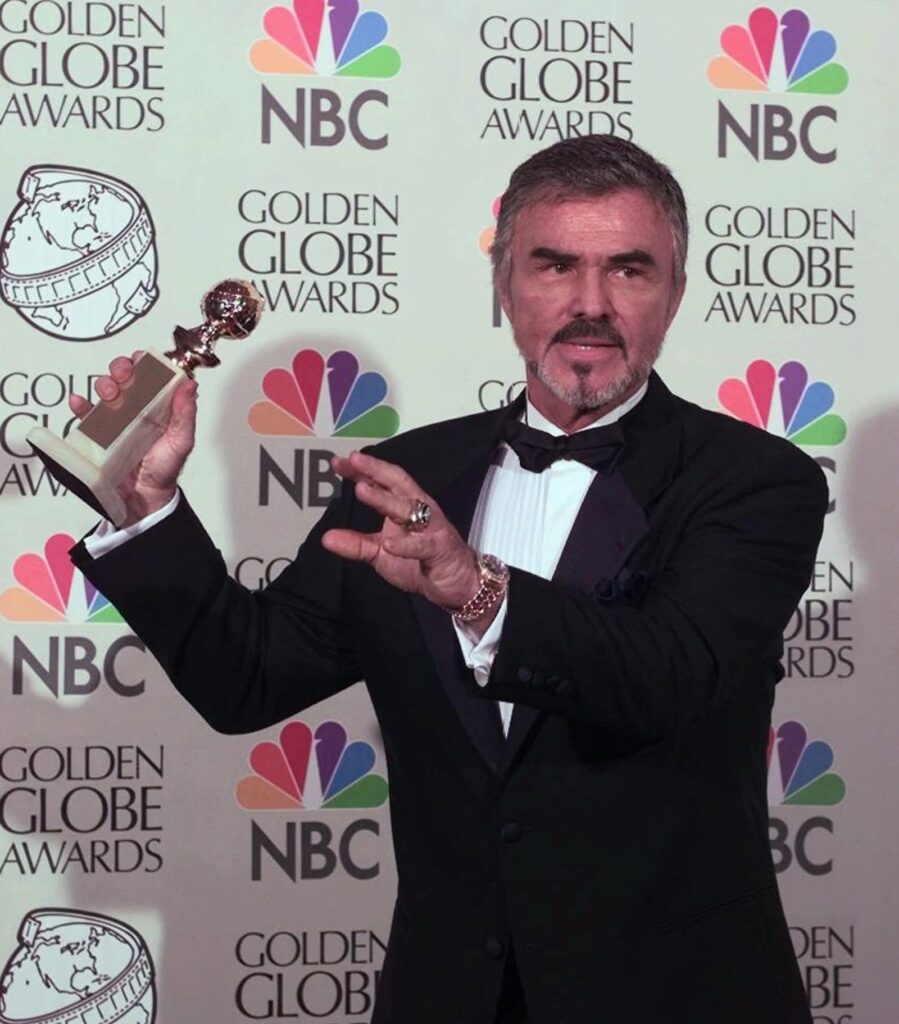
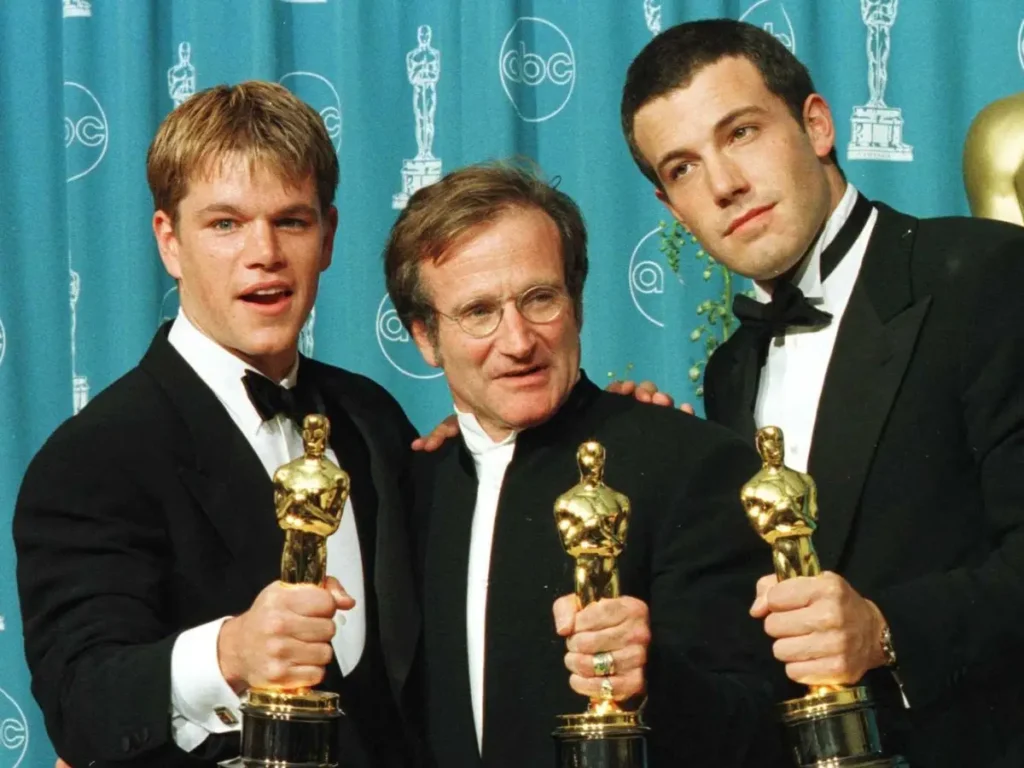
While Boogie Nights may be my favorite of Anderson’s films, it demonstrated that he was a filmmaker on the rise. His following several films would solidify his talent while also being distinct and different from one another. With the success of Boogie Nights, Anderson would move on to make Magnolia, another multi-character epic. We’ll get to that next.
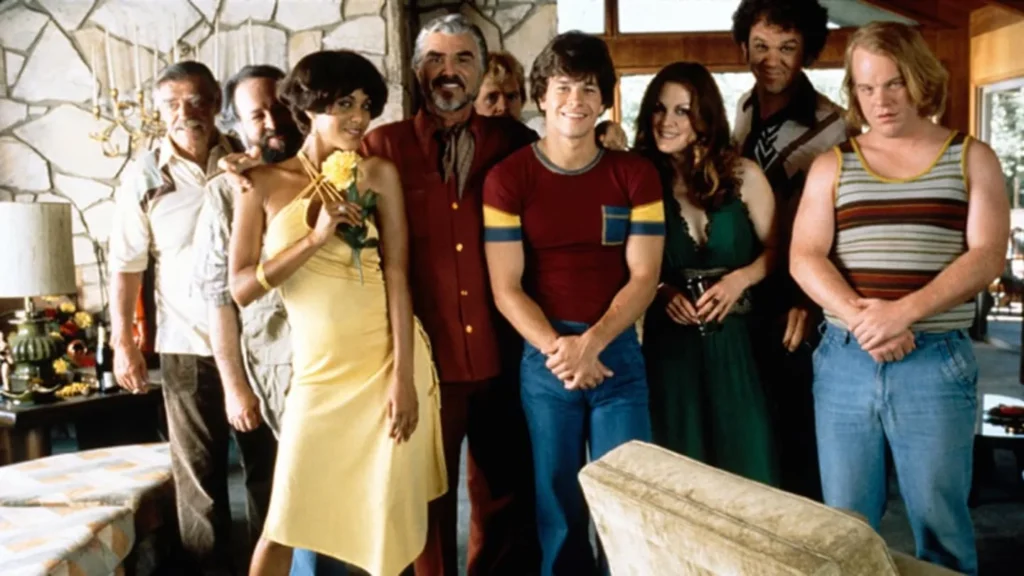
Until then, thanks for reading.